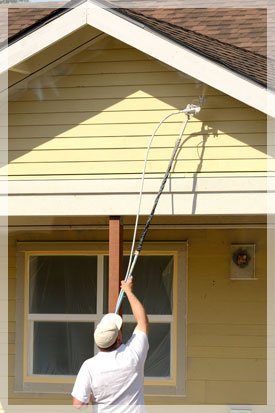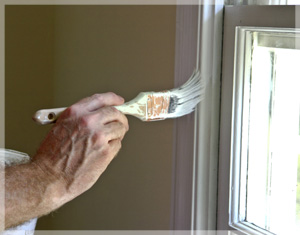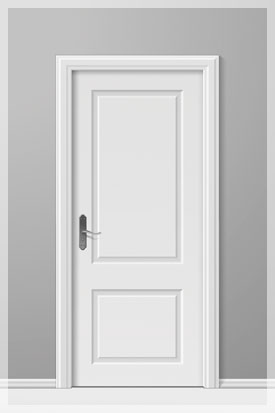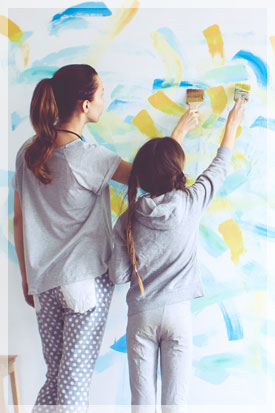Why You Should Paint Your House in Spring
 When it comes to painting your home, three seasons have ideal weather: spring, summer and fall. However, not every day is perfect. Fall can be a bit too chilly spring conditions can be wet and hot summer days can be too sunny.
When it comes to painting your home, three seasons have ideal weather: spring, summer and fall. However, not every day is perfect. Fall can be a bit too chilly spring conditions can be wet and hot summer days can be too sunny.
Out of all three, spring tends to have the most consistent weather for exterior painting. Planting and landscaping projects are also common around this time of year. By adding a protective finish to your home early on, you won’t have to worry about any interruptions when you lay down the mulch. Aside from this convenience, why else should you paint the outside of your home in spring?
1. Better Temperature
The “perfect” temperature for painting is above 50 degrees Fahrenheit, but not much higher, as heat can cause the paint to dry too quickly and form poorly.
2. It’s Right After Winter
It’s no secret that winter causes stress to our homes. However, the weather warming up doesn’t mean the wear and damage go away. In response, getting the job done earlier essentially renews your home’s exterior, which then fortifies it against the elements.

 Any homeowner wanting to change the appearance of a room has to decide between wallpaper and paint. Both have significant transformative qualities; however, each has its pros and cons.
Any homeowner wanting to change the appearance of a room has to decide between wallpaper and paint. Both have significant transformative qualities; however, each has its pros and cons. The weather’s just right for getting an interior paint job done, whether it’s a full room or just one window.
The weather’s just right for getting an interior paint job done, whether it’s a full room or just one window. Sometimes, the paint job looks manageable on your own. You think you can do it, but later find the paint appears splotchy, cracks start to form, or the door ends up sticking to the frame.
Sometimes, the paint job looks manageable on your own. You think you can do it, but later find the paint appears splotchy, cracks start to form, or the door ends up sticking to the frame. Looking to transform the look of a room at a minimal cost? Decorative painting does the trick. Forget about new materials being installed. Instead, a professional house painter like M. Brett’s team employs a combination of the following:
Looking to transform the look of a room at a minimal cost? Decorative painting does the trick. Forget about new materials being installed. Instead, a professional house painter like M. Brett’s team employs a combination of the following: